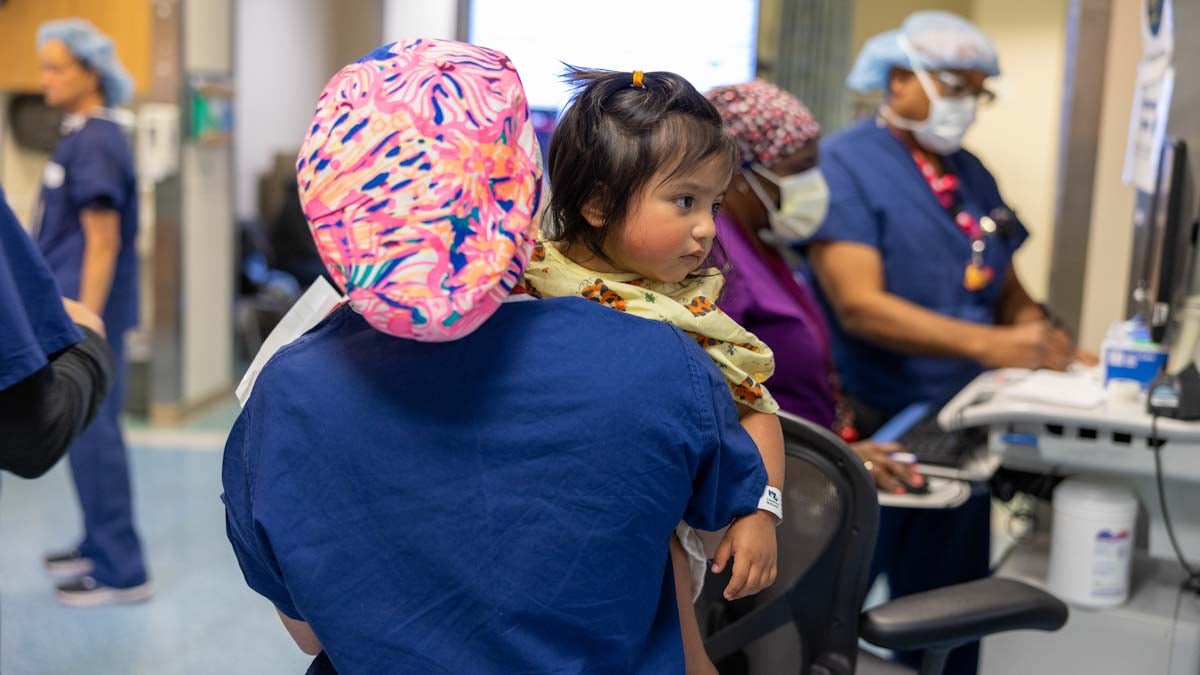Cardiac Surgery Long-Term Outcomes Data

At the Children's National Heart and Lung Center, our research team is dedicated to finding innovative ways to improve care.
Our team in the Division of Cardiac Surgery created the Children's National Cardiac Outcomes Registry (CNCORe), a database that looks at decades of our own cardiac surgery data to better understand how different surgical techniques impact each child's unique case. We now have the ability to use this data to inform surgeons of the best surgical techniques for each child.
Some children who have heart surgery when they’re young might need another procedure later in life. This could be a second surgery, called a reoperation, or a less invasive procedure called a cardiac catheterization or reintervention, which is done through a small tube (catheter) inserted in the groin.
We want to inform families about what they can expect in the future for their child's heart condition. This includes providing information about risks for reoperation or reintervention when possible. CNCORe data allows us to do this.
We're focused on more than a child's initial hospital stay – we're also focused on your child's future health and well-being.
Cardiac Surgery Long-Term Outcome Graphs
For each heart condition below, you can view data about the risks of surgical procedures and the chances of a child needing additional operations over time.
How to Read and Interpret These Numbers
These graphs are called Kaplan Meier curves. They are produced using our own cardiac surgery data that is stored in the CNCORe database. The goal of these graphs is to predict what may happen 10 to 15 years after a child's initial heart surgery. We collect data and information for every single patient we have operated on. Over time, however, some people stop seeing their doctor or move to different states and countries—meaning that researchers do not have complete information for every patient across the years.
The CNCORe data is used to create graphs that estimate risk for something like reoperation using the data we do have, without needing every data point for every single patient.
Understanding the Line Graphs
Having Surgery: What to Expect
Our team is here to help you understand your child's surgery and guide you through the entire process - from preparing for surgery to post-surgical care.







